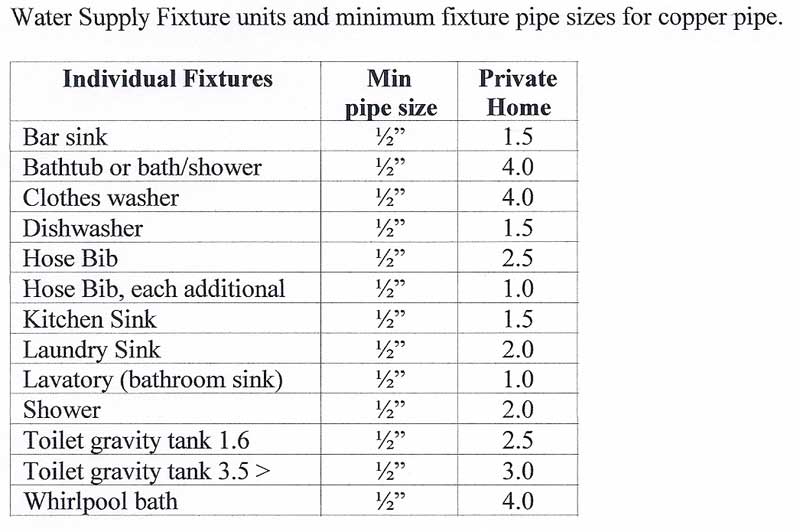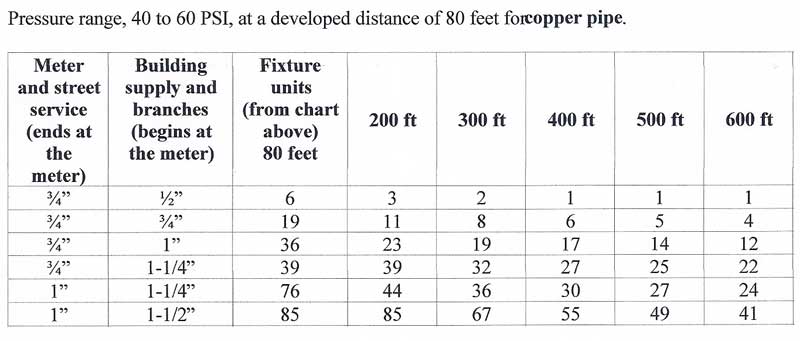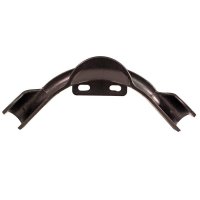Boink
Member
Curious really (and apologies if endlessly addressed before, though I looked):
I plan to replace my water main from the meter at my property edge to inside the joists in the house. Most of the house has already had its piping replaced with PEX, but we never did the main line in to that PEX replacement.
The current supply is about 1" galvanized pipe dating from 1971, and I have to figure it's getting mighty crusty. No issues yet, but I was thinking I'd be pro-active.
Although a plumber will do this work, I've read that I can use PEX underground to replace that old pipe, but what if there ought to be a 90 degree turn in that line somewhere? Would usual PEX stainless clamps be OK buried or do they need special protection from eventual decay... or is it preferred to have a sweeping turn and avoid a fitting completely (though this might be difficult in my case)?
As one might expect the hardest part will be exposing a trench.
Inquiring minds?
I plan to replace my water main from the meter at my property edge to inside the joists in the house. Most of the house has already had its piping replaced with PEX, but we never did the main line in to that PEX replacement.
The current supply is about 1" galvanized pipe dating from 1971, and I have to figure it's getting mighty crusty. No issues yet, but I was thinking I'd be pro-active.
Although a plumber will do this work, I've read that I can use PEX underground to replace that old pipe, but what if there ought to be a 90 degree turn in that line somewhere? Would usual PEX stainless clamps be OK buried or do they need special protection from eventual decay... or is it preferred to have a sweeping turn and avoid a fitting completely (though this might be difficult in my case)?
As one might expect the hardest part will be exposing a trench.
Inquiring minds?



